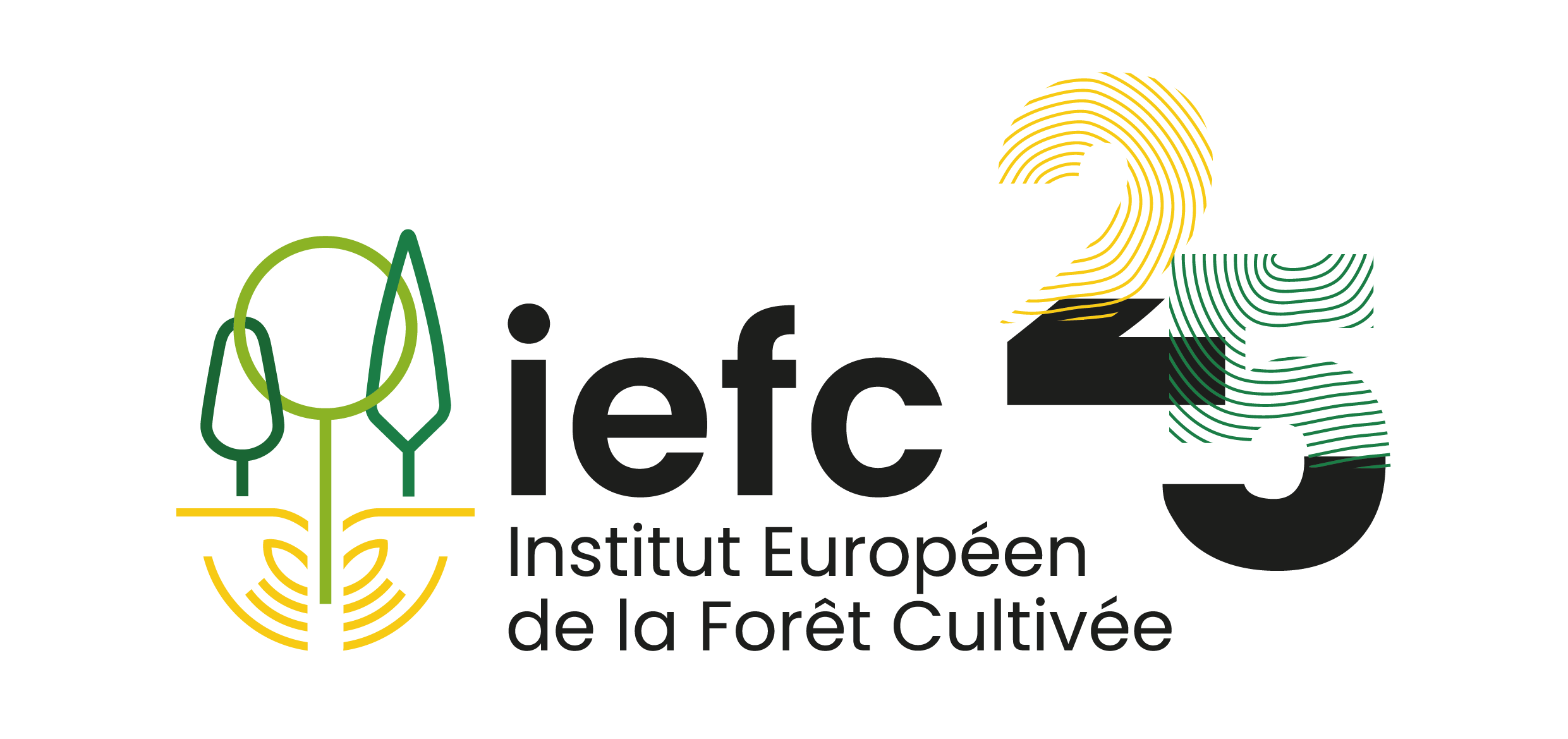Citrus longhorn beetle
Anoplophora chinensis (Förster) (Coleoptera, Cerambycidae)
Host tree
- This polyphagous insect attacks over 100 species of broadleaved trees and shrubs (Acer, Betula, Carpinus, Citrus, Corylus, Rosa and other deciduous shrubs).
Identification
- Large, 21–37 mm long, stout beetle with shiny black elytra, marked with 10–12 white round spots.
- Antennae are long, basally marked with white or light blue bands.
- The larva is legless, creamy-white coloured, and can reach up to 50 mm long when fully grown.
Damage
- Citrus longhorn beetle may disturb broadleaved forest ecosystems by selective tree killing or via direct/indirect competition with native xylophagous insects, including protected ones.
- Social impact occurs because in urban areas (streets, private and public gardens) this species kills trees and Rosa shrubs.
- This is one of the most destructive cerambycid pests of fruit orchards in its native range, especially on Citrus trees.
- Larval tunnels also depreciate harvested wood.
Biology
- Females lay eggs throughout their lifespan from spring to late summer.
- Fecundity varies from tens to more than a hundred eggs per female.
- Full development is achieved in one or two years depending on climate, latitude and egg-laying date.
- Larvae and pupae overwinter inside their tunnels in wood.
- Adults can fly up to 1.5 km from their emergence place.
Risk factors
- Human-mediated long-distance dispersal is possible via infested wood movement or with adult beetles hitch-hiking on vehicles.
- Introduced with infested woody materials, especially bonsai plants.
Distribution
- Native of East Asia (China, Taiwan, Korea, Myanmar, Vietnam), this species has been recently introduced in some European and North American countries where it is considered as quarantine species submitted to eradication programmes.
- In Europe, occurs in Italy and the Netherlands (first recorded in Lombardy, Italy in 2000 but probably arrived several years earlier).
- Increasing frequency of interceptions during the last ten years in Europe. Eradicated in France and Great Britain.
Pest management
Monitoring
- Difficult to monitor by traps since no specific volatile pheromones are known; surveys generally based on visual detection of damage.
- Recent monitoring techniques are based on the use of dogs sniffing infested wood material and trees.
Preventive measurements
- A specific survey is needed at points of entry such as international ports and airports.
Curative control
- Mechanical control involves destruction of infested trees by chipping or burning: removal of all infested trees before May to avoid new attacks.
- Small trees and bonsais can also be protected with fine wire meshes to prevent oviposition.
- Chemical control is of limited effect because the insects develop deeply in the wood, but systemic insecticides (Imidacloprid) may be effective.
- Biological control using natural enemies (parasitoid insects, entomopathogenic nematodes, fungi or bacteria) is under investigation but not yet being used.
Climate change
- Warm spring and winter temperatures are favourable for beetles’ multiplication and larval survival. Global warming may reduce the developmental time in northern regions, resulting in higher impacts.
